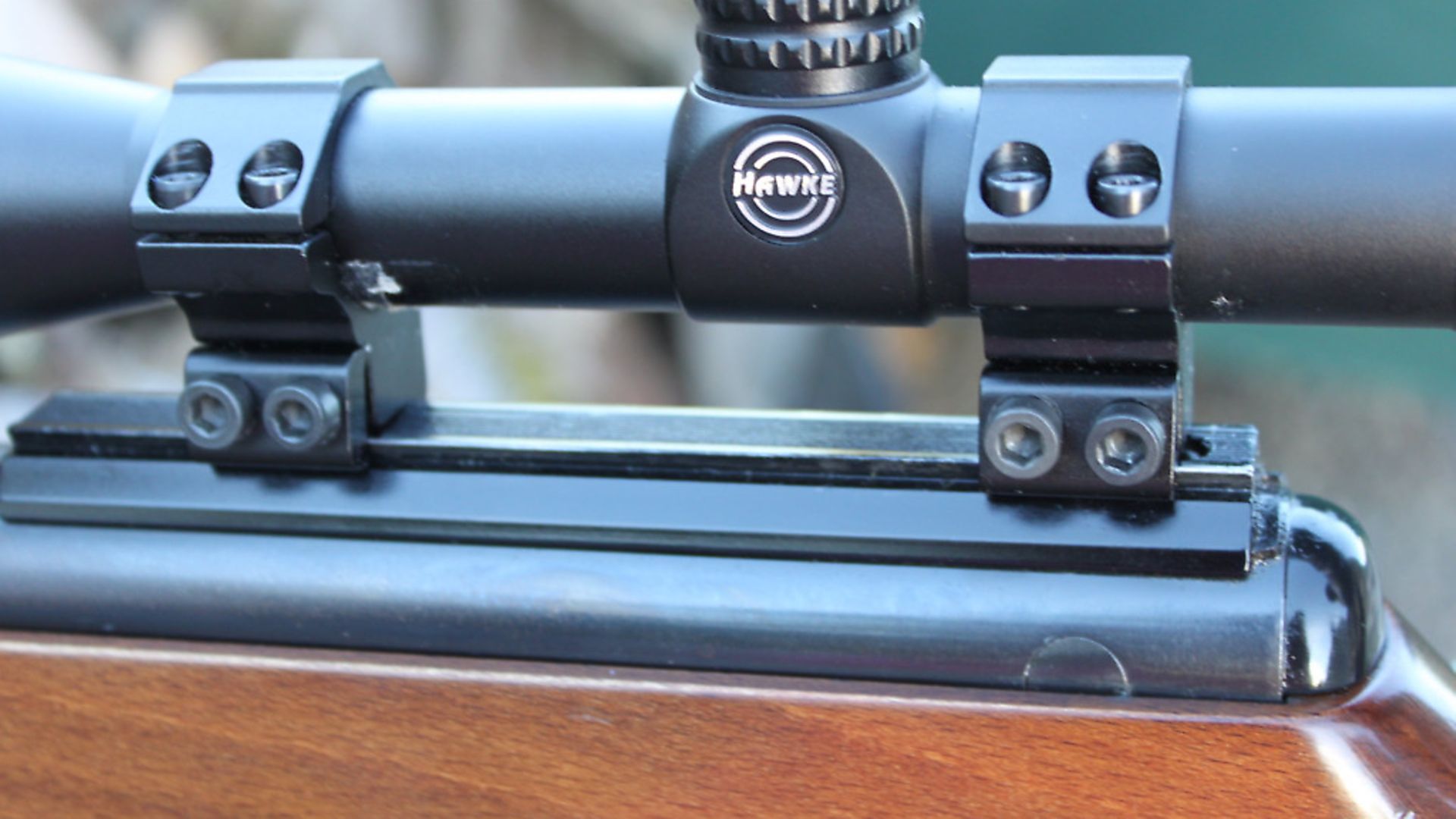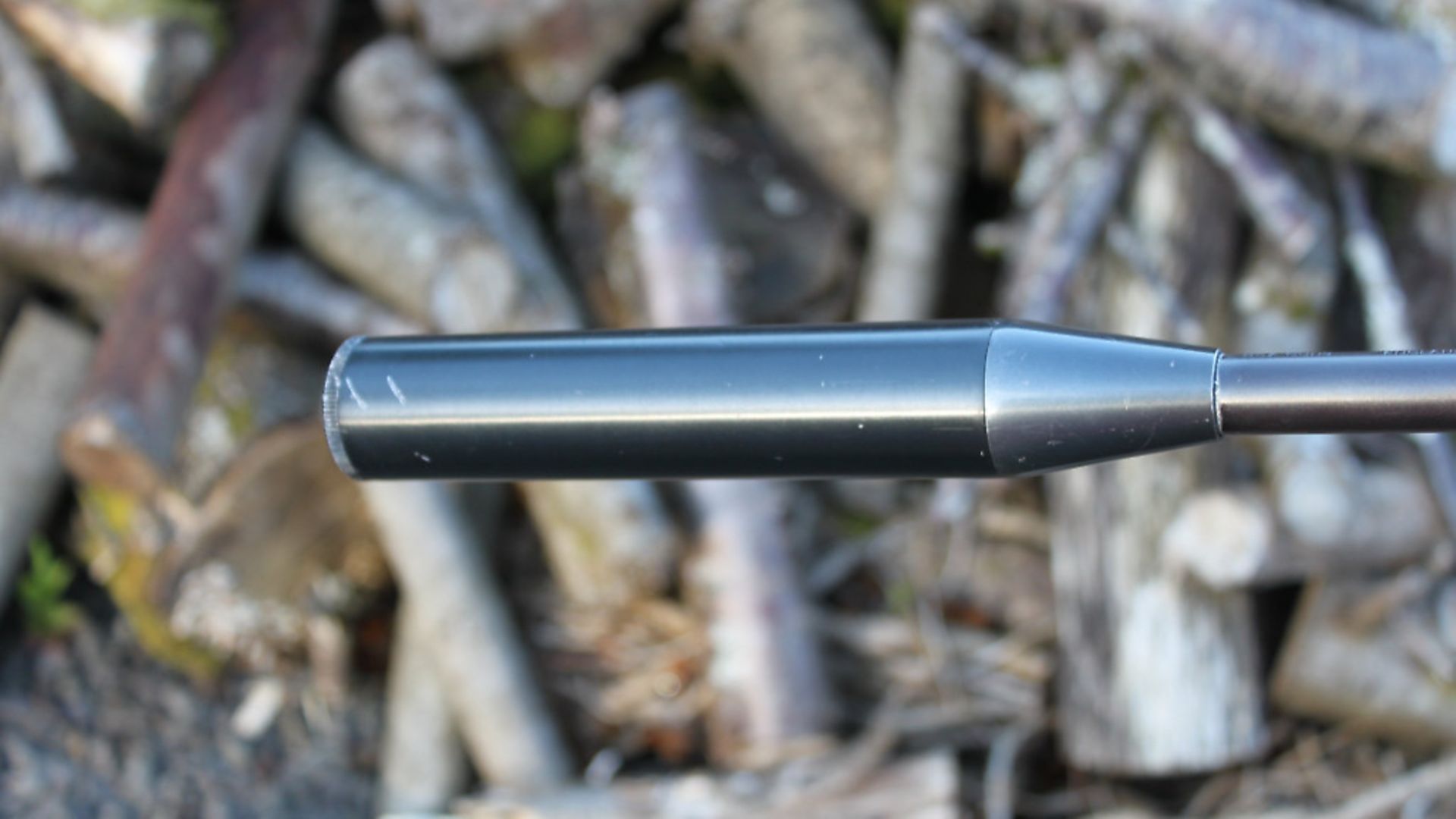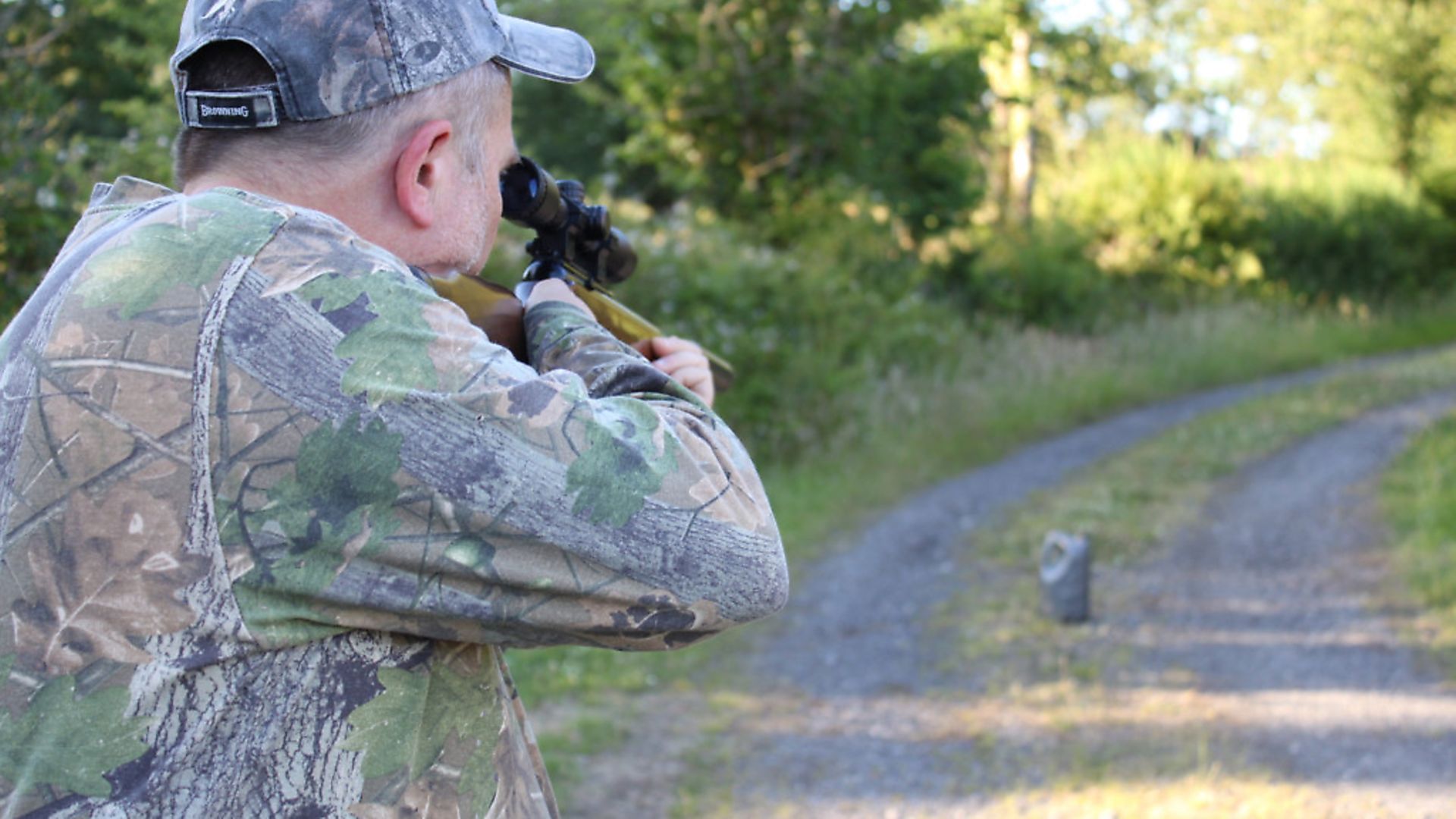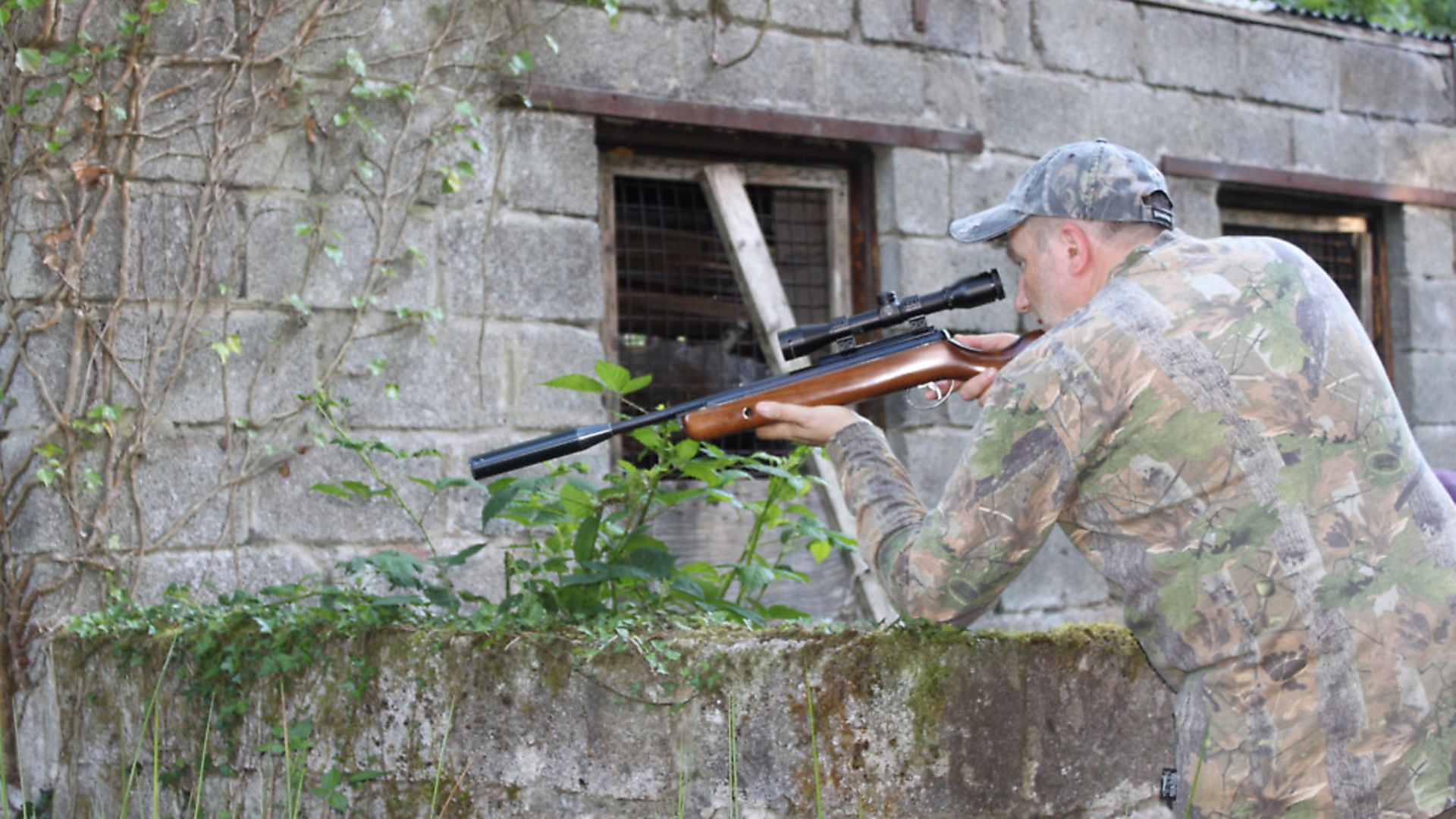Is it possible to build a classic hunting combination for £100? Pete Evans investigates
 credit: Archant
credit: Archant
Market meeting
Back in April this year, I had a chance meeting with a couple of airgun enthusiasts at a market in Pembrokeshire. Don had a stall selling restored tools, and part of his display included a stack of ‘old’ Airgun World magazines, which of course I had to purchase, and it seemed like a good time to strike up an airgun-centred discussion, particularly as Don’s friend, Roger, had joined us. Roger lamented over the fact that many of the guns featured in publications were beyond his reach, leading him to feel frustrated. He went on to describe the fact that many guns were aimed at people in the ‘higher echelons’ – he was quite keen that I used that term if I wrote about our meeting. Well, it’s in there, Roger! These comments confirmed that I was on the correct path with the content of this article, which I promised would be dedicated to Don and Roger.
 credit: Archant
credit: Archant
Chasing classics.
My brief was set. I needed a classic rifle and scope combination in need of some work, which could be put back into good working order for £100 – no mean feat, then. By nature, I am a creature of habit, one such habit being a weekly visit to Neath gun shop and my opening line on such occasions is, “What’s new then?” Roughly translated as, “What have you had in this week that needs some work, and you know I will buy if the price is right?”
Remember, I needed something with a bit of age, needing a little work, to come in at £100 all finished. My trusty dealers did not disappoint as I was pointed in the direction of an original BSA Lightning, fitted with a small, fixed mag’ scope.
 credit: Archant
credit: Archant
Under the microscope
Before parting with your hard-earned, it is imperative that any prospective purchase is viewed critically, with a distinct lack of rose-coloured spectacles. It’s all too easy to get carried away – buy in haste, repent at leisure. I had been assured that the rifle was legal, power below 12 ft.lbs, and that it fired without any major dramas, so it was safe to use. I scrutinised what could be seen, and then decided if the asking price was viable or not.
Overall, it was obvious that the gun had been well used, and had at some point received some ‘maintenance’ from someone without too much mechanical sympathy. The stock had some battle scarring, but nothing too unsightly, and definitely no cracks or splits, which could be difficult to remedy. Defects like these are reasonably common on break-barrel guns, usually seen when the owner lets go of the barrel during the cocking stroke. The action retained its original finish, albeit a bit thin in places, and importantly the mainspring retaining pin had not been strained because there was no elongation of the retaining holes.
 credit: Archant
credit: Archant
This one was in .22 calibre, which seems common for guns of this era. The scope, a Hawke 4 x 32 looked pretty new, its size about right for the stubby Lightning – anything much bigger would upset the balance too much.
All things considered, this looked a good bet and £70 for everything sounded a good deal to me, which would leave £30 to get things ship-shape, but before I had chance to get my wallet out, Phil the proprietor pulled out a second Lightning. This second example was better cosmetically, but lacked a scope. It was worth having, though, so that one left with me, too.
 credit: Archant
credit: Archant
SuperSport family tree
The Supersport launched in 1987, was a replacement for the much-loved Mercury, a hard act to follow in many respects. Visually, they were chalk and cheese, the Supersport bearing less than a passing resemblance to the Meteor. The differences went beyond the visual, though, the piston and seal were also different as was the trigger mechanism. The barrel was perhaps the only component that BSA retained, which was a wise move – BSA building a reputation for the quality of their barrels. The original models came with open sights as standard, manual safety catch, and trademark BSA ventilated butt pad. The large diameter cylinder asserted the gun as a full-power sporter, and the moderate weight of around 7.2 lbs meant that technique really needed to be spot on to get the best out of the gun at full power, especially in the smaller calibre. Ballast certainly works in your favour with a springer, but failing this, dialling the power down can also help, which is what many owners did.
 credit: Archant
credit: Archant
Sales Success
The airgunning public took to the modestly priced Supersport, lured by its quality build and no nonsense functionality. It wasn’t too long before alternative models were made available including carbines and the custom – the latter boasted a pseudo, two-stage trigger. The Lightning was a natural progression of the Supersport; the action and stock were standard Supersport, the stubby 10” barrel and volumetric moderator being the defining features. That chunky moderator had a dual purpose because attempting to cock the rifle without it would be extremely difficult.
One other feature marked out the Lightning as different from the standard Supersport, that being the maxi-grip scope rail. This consisted of a separate scope rail, anchored to the action by interlocking lugs. The rail was cushioned by strips of thin rubber, the theory being that this provided a cushioning effect from the rifle’s recoil. This would not be the first gun to offer this option – the Mercury challenger also had this feature. Scope mounting is best achieved by using BSA’s dedicated scope mounts, or the specifically designed Sportsmatch variety. For an in depth study of this subject make sure you read Tim Finley’s article in our July issue.
 credit: Archant
credit: Archant
Back at Evans Towers
Time to get acquainted with the Lightning and perhaps some idea of whether this project could be finished on budget, or not.
Safety first: Let’s make sure the trigger is secure and holding. A Lightning of this era has a single-stage trigger, which although adjustable for trigger tension, always gives full sear engagement.
 credit: Archant
credit: Archant
To test for any signs of dishonourable discharge I loaded a felt cleaning wad for safety, banged firmly on the butt pad and failed to release the shot, which was encouraging. The manual safety simply slides fore and aft, blocking the trigger, this didn’t present any problems, either.
Removal of the stock helps to reveal anything nasty lurking beneath, but there was good news here, with the finish all intact and in good order.
Stock on, moving forward to the breech. The breech washer has a hard life on a break-barrel, constantly being opened and shut for each shot, a leaking washer often implicated for low power. This one had definitely passed its sell-by date, with shards of plastic hanging off. If this was sealing well, I’d eat my butt pad!
The other area where break-barrels can suffer is wear on the breech jaws, particularly if, as with the Lightning, the barrel is secured with a pin rather than a bolt. Grasping the silencer whilst holding the stock firmly, and giving the barrel a lateral wiggle will highlight any deficiencies here, and sure enough, this one failed the wiggle test, giving another problem to rectify.
Out on the range
A quick range session can tell you much about the gun’s condition, but a few shots over the chronograph is a helpful start. A power of 7.5 ft.lbs. resulted with a spread of 30fps over 10 shots using JSB Exact pellets. The firing characteristics were surprisingly pleasant, with little discernible ‘spring twang’. The low power and wide shot-to-shot consistency might be due to the breech washer, and possibly the piston seal, which had not yet been examined.
Over a 25m range, the gun’s performance was not great, struggling to hold a group, and it was difficult to verify the scope’s performance. When trialled on another gun, it proved to be fine, though, so the issues were caused by the gun itself.
Promising project
I was feeling confident that this was a viable project. It was unclear if the £100 budget would be transcended, but this would depend on what turned up after a full strip-down. Meet me next time to discover if this project came in on budget.